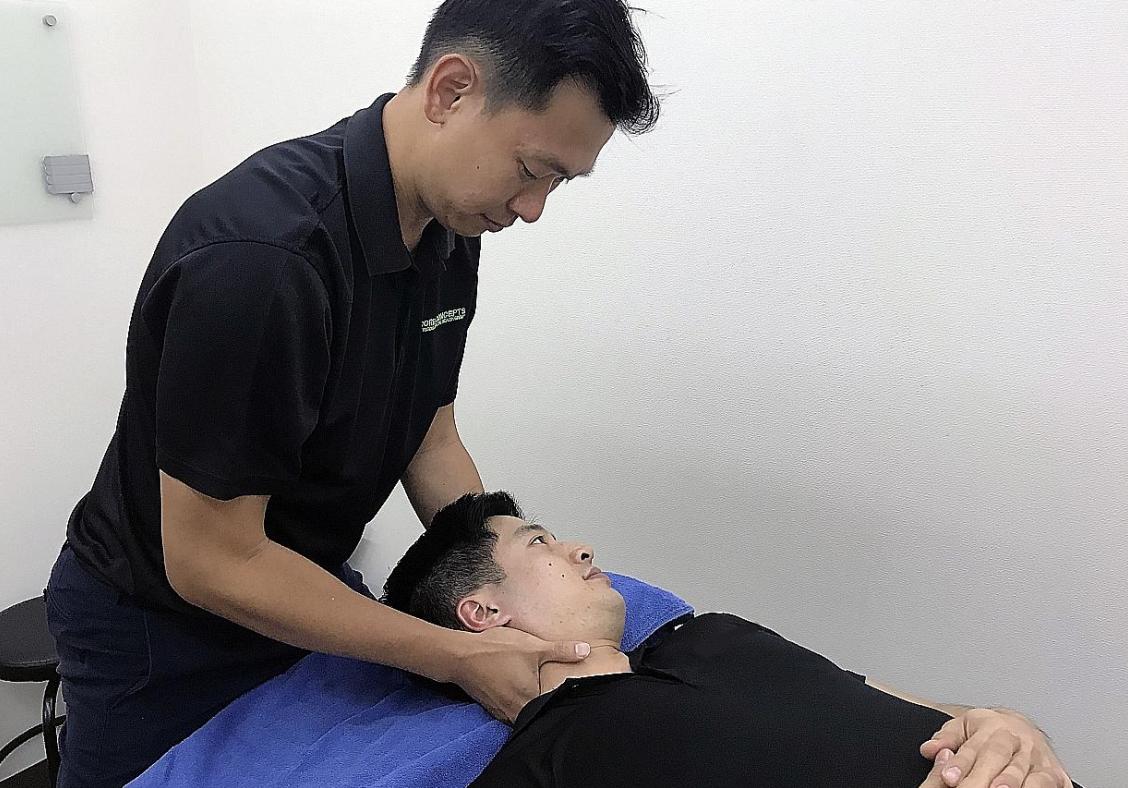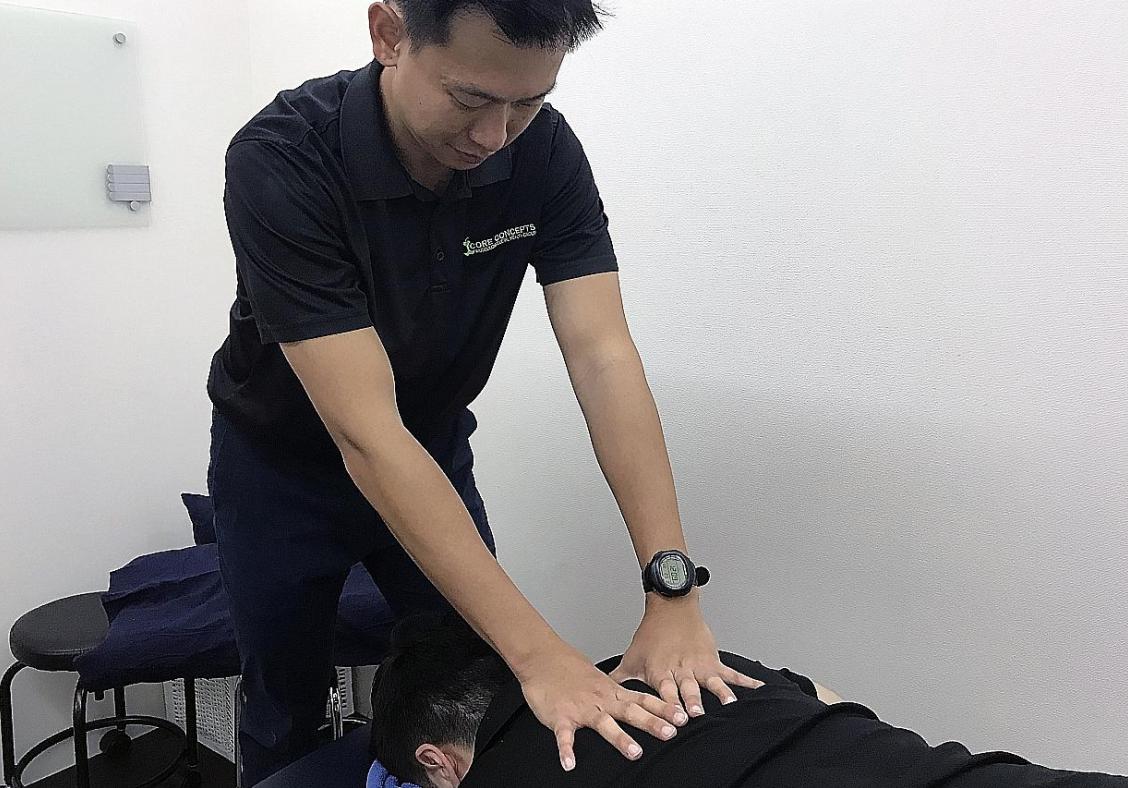Guard against injury even when participating in sport for fun
Sports for fun or to keep fit is less strenuous but they still have injury risks
Experiencing muscle ache and joint discomfort that will not go away?
Chances are you could have sustained it from sporting activity, even if you play sport for fun, or do it out of interest and to keep fit.
Taking part in sports for fun and exercise is often viewed as less strenuous and without the risks of injury associated with competitive sports, but that is not the case.
For instance, shoulder and knee injuries are common in tennis and basketball, respectively, while golf can cause both shoulder and elbow injuries.
Injuries can also result from a lack of conditioning, over- and under-exertion, as well as attempting new techniques the body may not be accustomed to.
Mr Chng Chye Tuan, senior principal physiotherapist at local physiotherapy group Core Concepts, told The New Paper: "Often, (players) also forgo fundamentals such as stretching and warm-up exercises, which further increases chances of injury. Even activities such as swimming, which is often seen as low impact, may cause pain for some as the extension movements may not be suitable for their bodies."
He said one red flag to look out for is persistent discomfort that lasts for weeks.
He added: "Pain from leisure sports can be triggered by a range of factors including the type of movement, the intensity, the person one spars with, the racquet used and its girth, the floor surface, the type of strokes used, the footwear worn and more.
"When the pain does not go away after more than two weeks of appropriate rest, it is high time to seek a professional's help to find out the root cause inflicting the pain and get treated promptly."
What is the long-term impact these injuries can have on the body and in one's daily life?
Typically, three months is the expected time frame for an injured structure to heal fully.
If pain persists, there may be physiological changes in how pain is being processed - the magnitude of pain is far more severe than what is expected.
The body reacts by retreating and avoiding movements that are deemed as threatening, like not wanting to carry bags on the affected side of the body, or even unwillingness to open a door for fear of aggravating the pain.
How can we prevent getting injured ?
We need to ensure the body is conditioned to engage in the sport that we enjoy and has sufficiently recovered from a previous injury.
This can be done through incorporating proper warm-up and cool-down exercises, and gradually exposing the body to the particular activity by increasing the duration, frequency and intensity. The mantra for healthy living - a balanced diet, sufficient rest and hydration - also helps in getting the body in the best shape possible.
What tips can you give for healing and recovering?
Rest may be helpful for simple muscle and ligament strains but may not be sufficient in helping with recovery for more severe injuries such as a partial tear.
There are different phases of recovery in any injury, and it is important to understand what to do and what not to do during each phase. For instance, in the initial stages of a calf muscle tear, it may be tempting to do stretching to relieve the tightness in the muscle, but that in fact aggravates the tear.
What kind of treatment is advised?
First, get a professional such as a physiotherapist to conduct a comprehensive analysis to study the bio-mechanics, movement and pain patterns related to the condition.
The physiotherapist will determine the stages of healing and depending on the diagnosis, may prescribe stretching, strengthening exercises, massage or movement patterns retraining to manage the injury.
What are routines we can adopt in our everyday lives to ease or counter the effects of leisure sports injuries?
Stretch regularly to maintain flexibility, and break up consecutive hours of sitting with movements or stretching.
For acute injury, apply ice for 20 minutes three times a day. Heat also helps improve chronic muscular tensions and aches. If pain persists beyond two weeks despite self-treatment, seek professional help.
Get The New Paper on your phone with the free TNP app. Download from the Apple App Store or Google Play Store now






